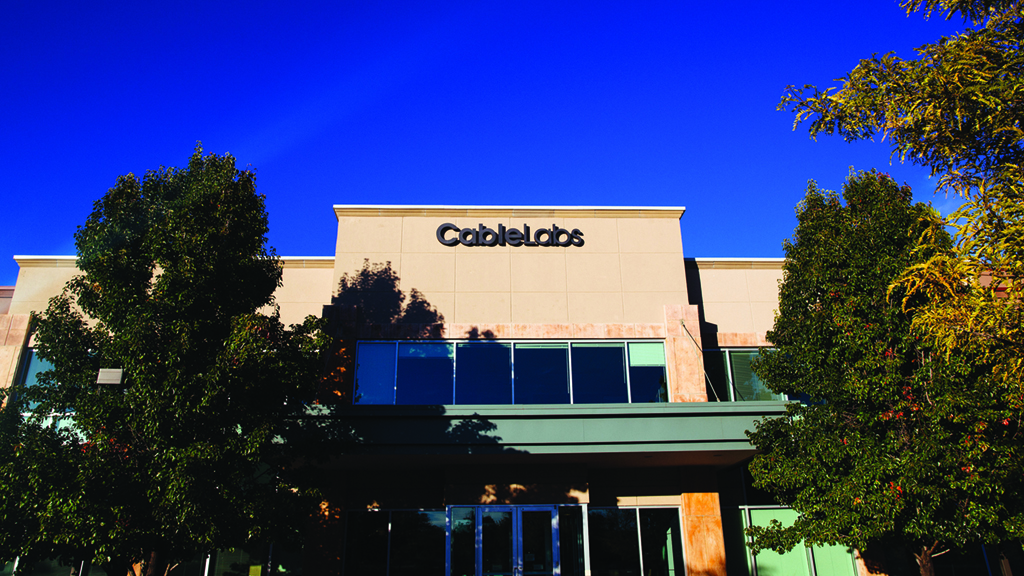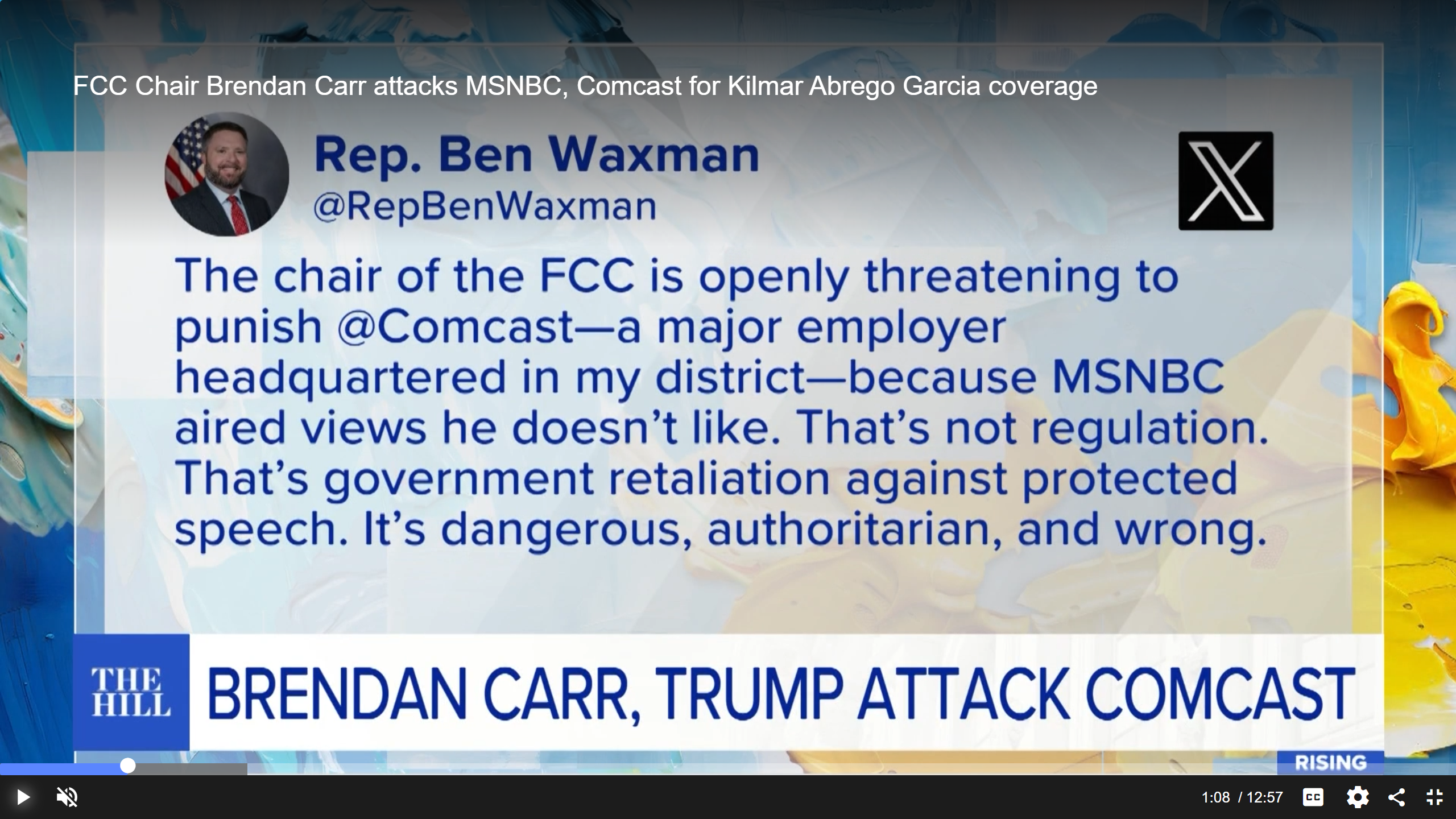CableLabs Reports Significant Progress in Transition to 10G
New NaaS technology, latency equipment and security frameworks are providing reliability and pervasive intelligence, security and privacy for new broadband networks

LOUISVILLE, Colo.—CableLabs said 2024 saw significant progress in the transition to 10G broadband networks, which offer multigigabit speeds and several features designed to deliver the future of entertainment and a host of other applications.
The 10G platform was first announced at CES six years ago,
“Digital transformation demands an adaptive network that is not only fast but smart, reliable and capable of responding to user needs at any moment,” CableLabs CEO Phil McKinney said. “With each milestone, we’re that much closer to bringing the platform of the future to life, allowing applications and devices to interact with the network dynamically and securely. This push forward illustrates our commitment to pioneering the next-generation connectivity solutions that will empower our members to lead in a competitive, constantly evolving market—and shape our digital future.”
CableLabs, the cable industry’s technology consortium, said that the 2024 10G milestones mark a notable development in the 10G platform. as work transitions from the pursuit of ultrafast speeds to an emphasis on creating adaptable networks that can meet the dynamic needs of users and devices in real time. This evolution includes breakthroughs in NaaS (Network as a Service); Low Latency, Low Loss, Scalable Throughput (L4S) equipment; interoperability events; and the release of new security frameworks. Those milestones center on themes that define the future of 10G: reliability, latency, security and speed, the research consortium reported.
Earlier this year, CableLabs unveiled NaaS, a foundational framework that enables third-party developers to connect directly to network services and data through standardized application programming interfaces. Driving network reliability and intelligence, NaaS allows applications to respond to changing network conditions in real time, delivering consistent, adaptive user experiences across operators.
In September, Charter Communications, in collaboration with CableLabs, launched Bryte IQ, a NaaS platform that streamlines and secures developer access to Spectrum’s wired and wireless networks, accelerating application development and broadening service possibilities for business-to-business clients.
In another important development, CableLabs facilitated and hosted a series of events throughout the year focused on end-to-end interoperability between the next-generation applications that implement L4S and the networking gear (including DOCSIS 3.1 and DOCSIS 4.0 equipment) that provides the necessary L4S congestion signaling.
Get the TV Tech Newsletter
The professional video industry's #1 source for news, trends and product and tech information. Sign up below.
The events enabled operators to test and fine-tune the network configurations used in their field trials and Low Latency DOCSIS (LLD) deployments. In addition, CableLabs facilitated several L4S interoperability events in coordination with the Internet Engineering Task Force to provide further opportunities for application developers and network equipment developers from Apple, Broadcom, Google, Netflix, Nokia, NVIDIA and others to come together.
Working with multiple participants in the Wireless Broadband Alliance to explore the integration of L4S network functions into a Wi-Fi access point, CableLabs published an L4S implementation guidelines document that gives Wi-Fi equipment vendors detailed instructions on implementing support for L4S in their equipment, enabling end-to-end low latency for immersive applications.
In November, Comcast announced the first wide-scale deployment of LLD with L4S, illustrating the technology’s scalability. Midco also presented a technical paper at SCTE TechExpo, showing HFC networks can deliver high-speed data services with latency levels comparable to or better than PON performance for nonqueue building (NQB) traffic.
In security, there were also advances in cybersecurity standards and zero-trust practices, CableLabs said.
In January, CableLabs released the Routing Security Profile, or RSP, an actionable and adaptable guide to enhancing internet routing security. Based on the National Institute of Standards and Technology’s Cybersecurity Framework (CSF) 1.1’s core functions, the RSP enables organizations to better identify, protect, detect, respond to and recover from cybersecurity events affecting IP networks. CableLabs released version 2.0, which incorporates feedback received from stakeholders following the release, on Oct. 1.
Released in September, the Zero Trust and Infrastructure Security (ØTIS) Best Common Practices (BCP) aligns the approach to zero-trust implementation for core and access network infrastructure. Emphasizing credential protection, supply chain risk management, policy-based access and consistent control, the comprehensive security framework supports an intelligent network by safeguarding against threats at every point of access.
In terms of broadband speeds, there were also a number of developments in the area of DOCSIS 4.0 interoperability.
During 2024, CableLabs organized and led numerous events focused on multi-supplier interoperability across the DOCSIS 4.0 ecosystem. The convened various companies in the Interop Laboratory to test and refine preproduction and development versions of networking hardware and application software. Highlighting crucial developments in network interoperability, virtualization and speed, the April event set new records in downstream speeds—over 9 Gbps through a DOCSIS 4.0 modem—while the August event dived deeper into advancing upstream capabilities.
In addition to this progress, CableLabs advanced DOCSIS 4.0 technology with Full Duplex DOCSIS now extending operation to 1.8 gigahertz. This improvement drives new advancements for modems operating in Frequency Division Duplexing mode, supporting further innovation across technology and business models and from multiple suppliers.
CableLabs members also reached significant 10G milestones this year. CableLabs’ blog features more about Charter, Comcast, Cox, Liberty Global, Midco, Rogers and others’ progress.
For more information visit CableLabs.com/10G.
George Winslow is the senior content producer for TV Tech. He has written about the television, media and technology industries for nearly 30 years for such publications as Broadcasting & Cable, Multichannel News and TV Tech. Over the years, he has edited a number of magazines, including Multichannel News International and World Screen, and moderated panels at such major industry events as NAB and MIP TV. He has published two books and dozens of encyclopedia articles on such subjects as the media, New York City history and economics.

